Oregon Measure 110 – Drug Addiction Treatment and Recovery Act
Summary:
Oregon’s Measure 110 would remove criminal penalties for individuals caught in unauthorized possession of any Schedule I, II, III, or IV controlled substance in amounts reflecting personal use and instead would impose a maximum fine of $100. It would also redirect a portion of marijuana excise tax revenues to finance treatment for individuals addicted to drugs and for harm reduction measures, such as the distribution of sterile syringes and naloxone hydrochloride, a drug that can treat opioid overdoses.
Fiscal Impact:
Measure 110 does not create new tax instruments, but it diverts substantial amounts of revenue from marijuana excise taxes away from current recipients. Any quarterly marijuana tax revenue in excess of $11,250,000 would be diverted to the new Drug Treatment and Recovery Services Fund (DTRSF) to finance grants to community organizations approved to provide drug addiction treatment and related services. In quarter four of fiscal year 2020 (April to June), state marijuana tax receipts amounted to $40,489,897. If Measure 110 had been effective for this fiscal quarter, $29,239,897 would have been diverted from existing recipients to the Drug Treatment and Recovery Services Fund. Under current Oregon law, marijuana tax revenues are allocated in the following proportions:
- 40 percent to public schools
- 20 percent to cities and towns in proportion to their population and concentration of licensed marijuana businesses
- 20 percent for mental health services
- 15 percent for state police
- 5 percent for alcohol and drug abuse prevention
These pro-rata shares would remain intact if Measure 110 passes, but would become subject to the quarterly cap of $11,250,000, implying a substantial and immediate reduction in the tax allocation for these purposes.
In addition, Measure 110 requires the Legislative Assembly to appropriate a minimum of $57 million annually to the DTRSF, to be adjusted upward in subsequent years by at least the rate of inflation. Although Measure 110 does not specify the source of this appropriation, it should be assumed these funds would be appropriated from the state’s General Fund, which would proportionately reduce funds available for other purposes.
Further, Measure 110 instructs the Department of Revenue to calculate how much money Oregon has saved over the course of each biennium by not arresting, incarcerating or supervising individuals in possession of controlled substances for personal use. The resulting savings also would be deposited into the DTRSF. The Department is instructed to calculate these savings based on a comparison to the prior biennium, which implies that the calculated savings should decline over time as fewer individuals are arrested. However, Measure 110 also contains a hold-harmless provision stipulating that the Department must always credit to the Drug Treatment and Recovery Services Fund at least “the highest amount calculated for any previous biennium.”
Once funds are deposited into the DTRSF, they remain continuously appropriated and not subject to reversion at the end of a budget cycle. This means the DTRSF is protected from the normal process facing most state agencies, which see their balances revert to the state’s General Fund at the end of a fiscal year and then have new funds appropriated for the ensuing year. Funds can never be swept from the DTRSF.
Proponents’ Arguments For:
The War on Drugs has been costly in terms of both lives and dollars. Drug addiction is a mental health disorder best treated with therapy, whereas incarcerating individuals for drug use does little to address the underlying health conditions. Proponents note that one-in-11 Oregonians suffer from drug addiction and Oregon has among the fewest drug addiction treatment facilities in the United States.
Measure 110 would not legalize any drugs, it would simply direct individuals found in possession of drugs to a treatment facility rather than prison. Supporters say that this would allow people to turn their lives around through comprehensive, evidence-based treatments while also freeing up law enforcement to pursue more serious and violent crimes. The measure doesn’t create any new taxes and could also prevent unnecessary deaths through harm reduction policies like distribution of sterile syringes and the potentially life-saving overdose treatment naloxone hydrochloride.

